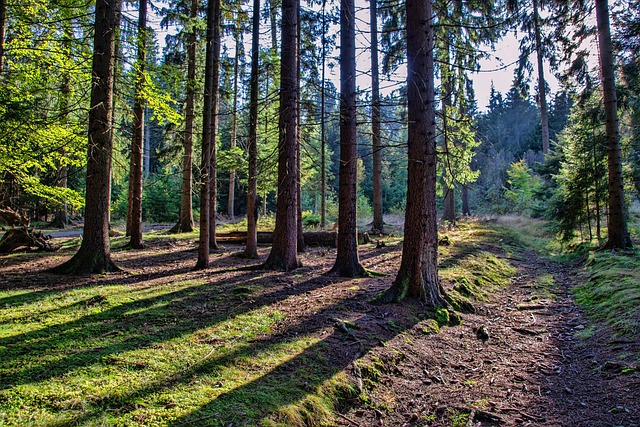Embracing the Dance of Light and Shadow
When we gaze upon a masterpiece carved from stone or molded in clay, we often admire its form, its texture, its sheer presence. But there’s an unsung hero behind every curve and contour: shading. In sculpture, shading is not merely the result of external light—it’s an artful design decision that breathes life into cold material.
The Emotional Resonance of Shading in Sculpture
Imagine standing before a bronze statue at dawn. The first rays of sunlight graze the polished surface, creating soft gradients that highlight muscles, drapery folds, or weathered facial features. Those subtle transitions between light and dark evoke a sense of intimacy, as if the statue is quietly whispering its story. Shading in sculpture awakens empathy, drawing viewers into a shared moment of wonder and contemplation.
Shading as a Design Tool
In the design process, shading helps artists articulate depth and volume. By carving shallow recesses or leaving raised planes, sculptors can control how shadows fall across the work. A deeply undercut fold of fabric might plunge into darkness, while a gentle bevel catches just enough light to suggest movement. This interplay transforms a static object into a dynamic narrative, guiding the eye through a carefully choreographed visual journey.
Techniques to Enhance Shading
- Surface Texturing: Fine rasp marks or stippling can scatter light softly, creating a velvety shadow effect. Rougher planes result in stark contrasts, perfect for dramatic emphasis.
- Undercutting: By carving deeper beneath overhanging elements, artists generate pronounced shadow pockets, heightening the illusion of depth.
- Polishing and Patination: A polished surface amplifies specular highlights, while patinas deepen midtones and shadows. The right finish can balance brightness and darkness for emotive impact.
Designing with Shading in Mind
From the initial sketch to the final reveal, shading considerations shape every decision. A sculptor might experiment with maquettes under different lighting setups, observing how forms react to directional illumination. This iterative process ensures that the finished piece resonates in diverse environments—whether exhibited under gallery spotlights or bathed in natural sunlight outdoors.
Connecting Through Light and Dark
At its heart, sculpture is a dialogue between material and viewer. Shading infuses that dialogue with emotion, offering moments of quiet drama and gentle revelation. Each shadowed crevice hints at hidden stories; each illuminated plane celebrates form and movement. When we embrace shading as more than a byproduct—when we see it as an essential design element—we unlock deeper connections between art and audience.
Next time you encounter a sculpted work, pause and observe the subtle shifts from light to shadow. Let shading guide your gaze and stir your imagination, revealing the thoughtful design choices that make sculpture a timeless, expressive art form.




